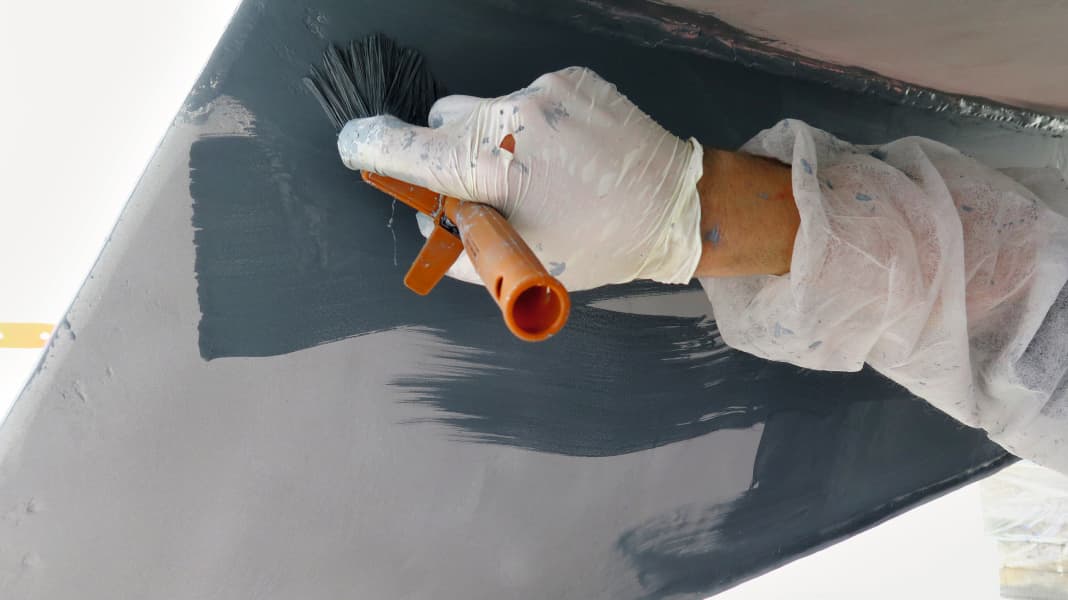
For many, the care and maintenance of an aluminium yacht initially seems like a closed book. This is not least due to the fact that there is a lot of half-knowledge about the subject circulating on pontoons and in forums.
It is true that there are a few basic rules to follow when using seawater-resistant aluminium as a boat building material. This starts with the coating of the underwater hull with antifouling.
The fundamental problem lies in the fact that aluminium - and the alloys for use in seawater - is classified as more negative and therefore less noble in the electrochemical voltage series than most other metals found underwater - be it a bronze propeller, a stainless steel shaft or even antifouling containing copper oxide. In the event of a conductive connection between these materials in seawater, the less noble material would then dissolve first - in this case the hull (see also YACHT 16/2012).
It is sometimes argued that if the barrier layer between the hull and conventional antifouling is well applied, it would also be suitable for use on aluminium hulls. However, there is still a risk that the coating could be damaged by grounding or collision, resulting in unwanted contact between copper and aluminium. To prevent this, there are special antifoulings for aluminium, for example from Seajet or Trilux 33 from International.
An alternative to these biocides is a little-known product from France called Inversalu.
For three seasons in a row, we tested this zinc coating on a ten-metre chine keel made of the seawater-resistant aluminium alloy AlMg4.5 Mn to find out whether the product can deliver on both promises - fouling and corrosion protection.
You will find the results and instructions for use in YACHT 10/2022. DK-Shop available. Or you can download the test directly via the link below.
